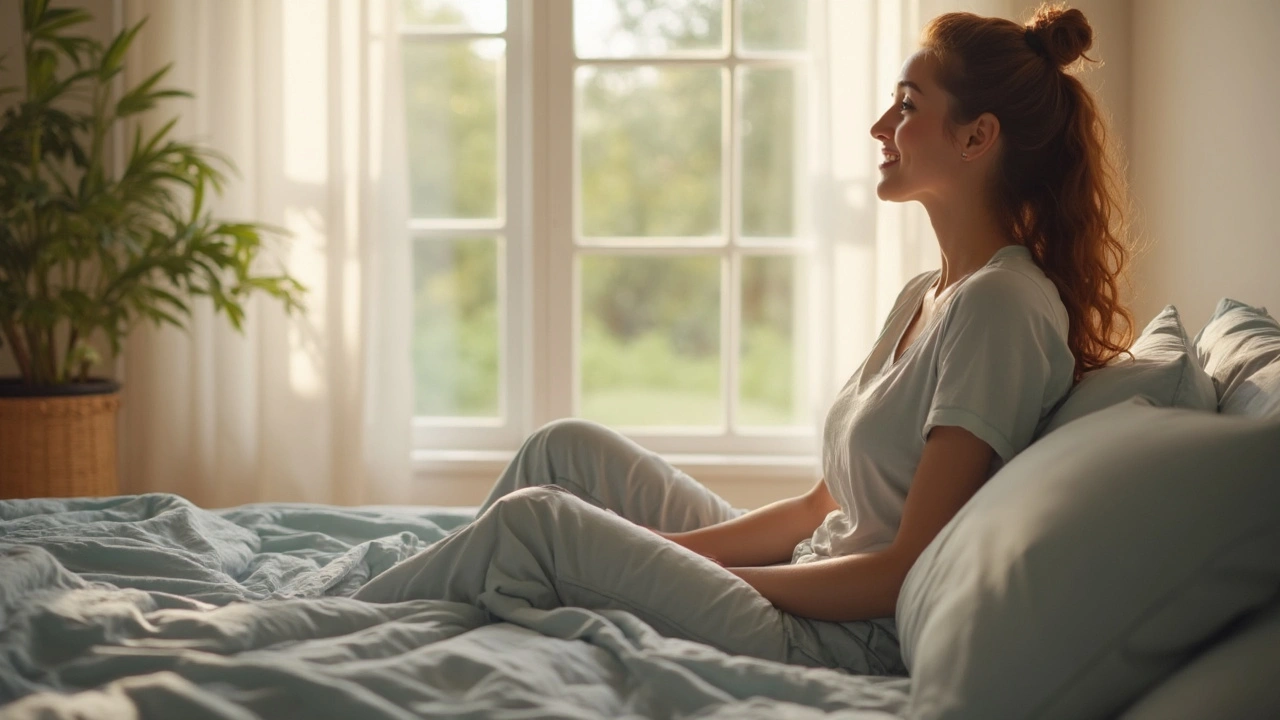Best Bedding for Asthma Relief: What Works and Why
If you have asthma, what you sleep on can make a big difference. Dust mites, mold spores, and synthetic fabrics often trigger symptoms while you’re trying to rest. The good news? You can pick bedding that cuts down those triggers without spending a fortune.
What Makes Bedding Asthma‑Friendly?
First, look for materials that breathe. Natural fibers like 100% cotton or bamboo let air flow, keeping humidity low and stopping mold from growing. Tight‑weave fabrics are also key because they block dust mites from getting into your sheets.
Second, use allergen‑proof covers on pillows, mattresses, and duvets. These zippered encasements create a barrier that keeps dust mite allergens locked inside. Make sure the zipper is smooth so you don’t tear the fabric when you wash it.
Third, keep your bedding clean. Washing sheets in hot water (at least 130°F/54°C) once a week kills most mites and removes pollen stuck on fibers. If hot washes are tough on your fabric, add an extra rinse with a pet‑friendly detergent to flush out residue.
Top Picks You Can Buy Today
Cotton percale sheets: Crisp, breathable, and easy to wash. Look for “organic” or “GOTS certified” if you want extra peace of mind about chemicals.
Bamboo rayon pillowcases: Soft, naturally hypoallergenic, and moisture‑wicking. They stay cool all night which helps keep airway irritation low.
Allergen‑proof mattress encasement: Choose a zippered cover with a breathable membrane. Brands like SafeRest or AllerEase offer options that fit most standard mattresses.
Feather‑light down alternative comforter: Synthetic fills can trap heat and moisture, so go for a lightweight polyester fill labeled “hypoallergenic” and wash it regularly.
Pillow with anti‑allergy filling: Latex or memory foam pillows that are sealed inside a cover reduce dust mite exposure. Make sure the pillow itself is labeled “dust‑mite resistant.”
Beyond buying, remember to keep humidity below 50% in your bedroom. A small dehumidifier or an open window during dry weather helps prevent mold on bedding.
Finally, replace old pillows every 1–2 years and mattresses every 8–10 years. Worn materials can harbor more allergens than newer ones, even if you wash them often.
With the right sheets, covers, and cleaning habits, you’ll notice fewer nighttime asthma flare‑ups. Your bed should be a place of calm, not a trigger. Try one or two changes first and see how your breathing improves – you might be surprised at how simple it can be.

Struggling with asthma and night sweats makes getting a good night's sleep a real mission. This guide breaks down the top hypoallergenic and moisture-wicking bedding choices that actually work, no matter the Brisbane climate. Discover why some fabrics help your airways and skin breathe easier, learn which materials to avoid, and pick up practical tips for creating a bedroom that truly supports healthy sleep. Whether you want cotton sheets, bamboo blends, or techy fabrics, you'll find what suits your sleep style right here. Get ready to wake refreshed.
Read more
